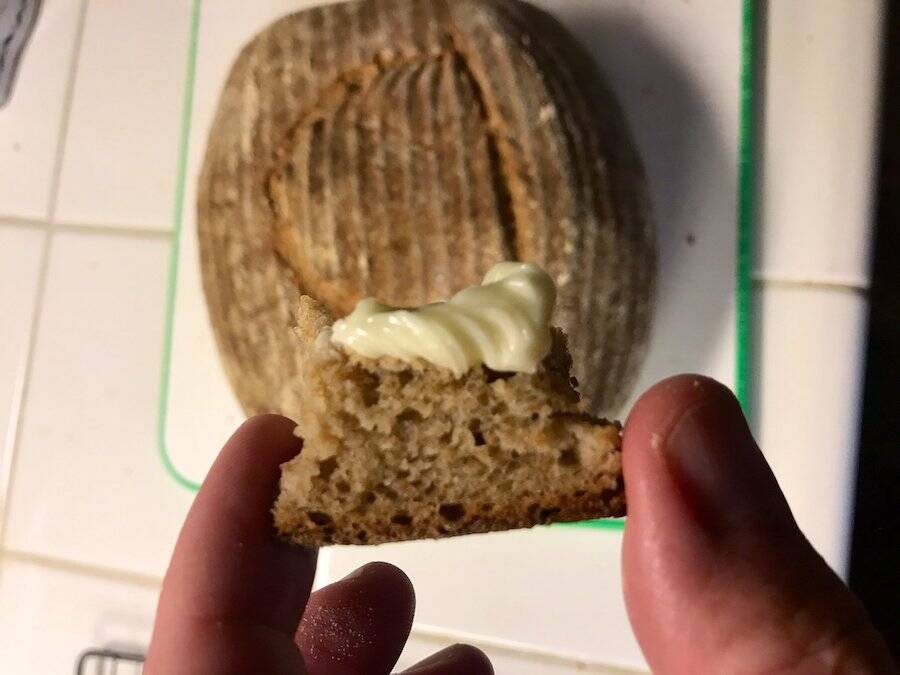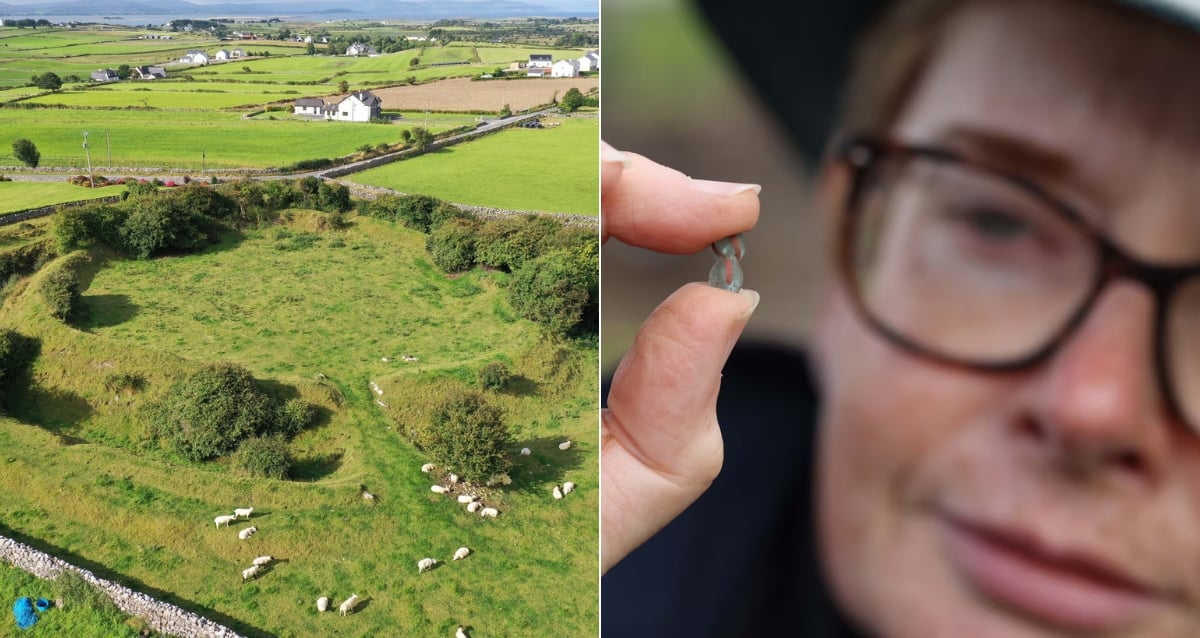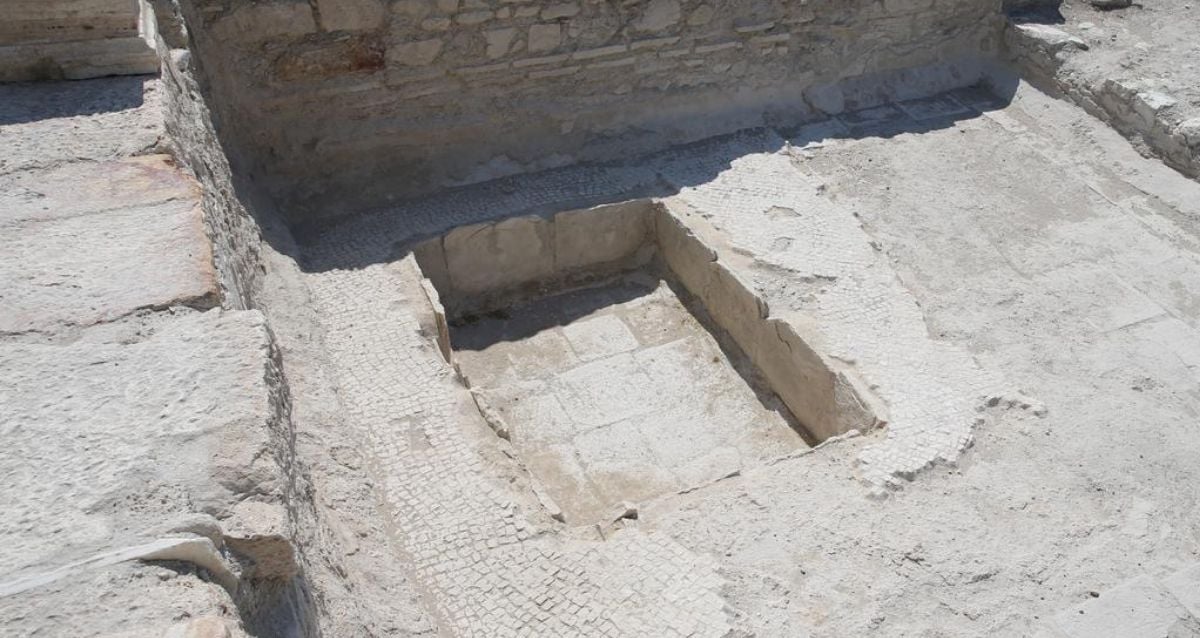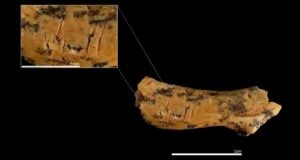“Unlocking Ancient Secrets: How 4,500-Year-Old Yeast From Egyptian Artifacts Inspired a Revolutionary Bread Creation!”
The team headed to Harvard University’s Peabody Museum in Cambridge, where they were granted permission to collect the yeast and bacteria that was hibernating in the pores of the museum’s ancient Egyptian pottery, which thousands of years ago was used for bread-making.
“Our extraction process was basically a form of microbiological fracking,” Blackley said of the delicate collection process. After the samples of ancient yeast were collected, they were shipped to the laboratory where Bowman would conduct further genetic testing.
Technically, the lab tests would need to be completed first to determine whether the extraction of the ancient yeast had contaminants of younger yeast from the ancient pottery. But Blackley decided to begin the bread-making process early using a sample that he had kept for himself.
Thus, began the exciting part of his experiment: the baking.
He used sterilization tools from the lab to keep the microbes fresh, like UV sterilizers and autoclaved containers, and then mixed them in with ancient grains. Again, in order to achieve a baked good that was as authentic as possible, Blackley needed grains that were typical of the ancient world. So he used freshly ground barley and einkorn, and then mixed it all with water and let the ancient yeast culture for about a week.
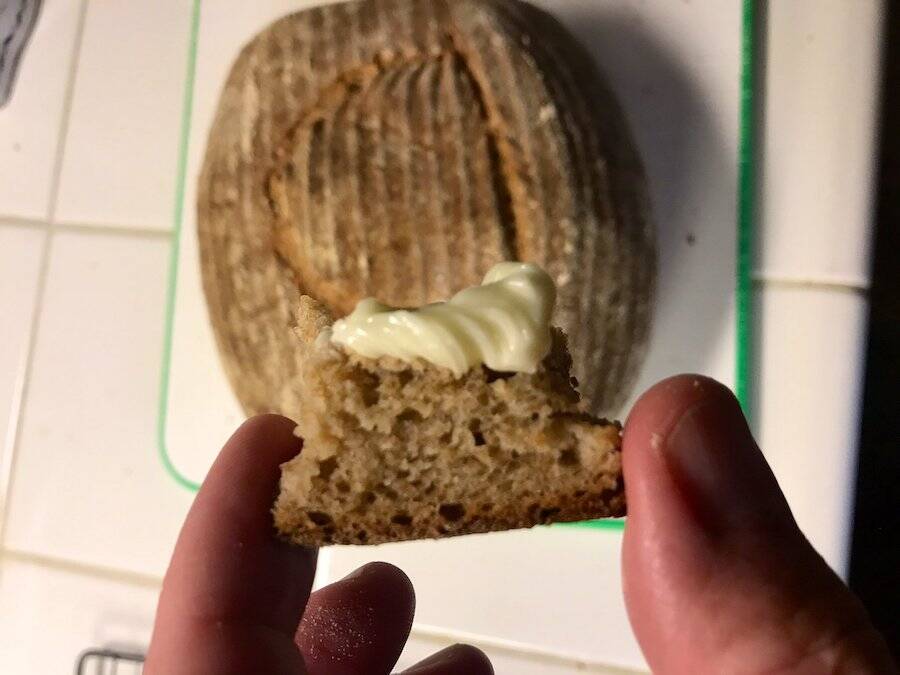
Seamus Blackley/TwitterThe ancient bread sampled with some butter.
Once the yeast was nice and bubbly, he added more water and unfiltered olive oil to make his starter.
“The idea is to make a dough with identical ingredients to what the yeast ate 4,500 years ago,” Blackley explained. “The aroma of this yeast is unlike anything I’ve experienced.”
